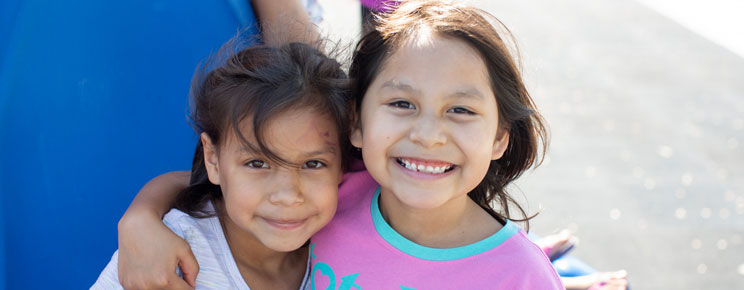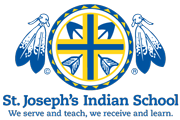Home » NewsStories » Lakota Indians Today » Life On Indian Reservations Today
Life on Indian Reservations Today

Life on an Indian reservation can be hard.
In some reservation communities, pervasive poverty means innocent Native American children have to fight for survival. From one day to the next, they might not know where they will sleep, if they will eat or who will take care of them.
Poverty, gangs, drugs, alcohol and abuse are all harsh realities of life for many living in the heartland of America. While the Midwest seems like a wholesome place to raise a family and put down roots, some Native Americans face struggles in their daily life on the reservations.
- Ziebach County, home to the Cheyenne River Indian Reservation, is listed as the poorest county in America. In fact, of the seven poorest counties in the United States, South Dakota has over half of them — all home to reservations. (U.S. Census 2017)
- Per capita income is just over $10,000 in Oglala County, home to the Pine Ridge Indian Reservation. (US Census, 2019)
- The Native American population has been disproportionally effected by the Coronavirus pandemic, as 1 in every 475 Native American’s has died in response to COVID-19. (APM Research Lab, 2021)
- There are over 2,300 missing Native American women and girls in the U.S. About 1,800 of whom were killed or vanished within the past 40 years. Nearly 60 percent of the cases are homicides and 31 percent involve girls 18 and younger. (Missing and Murdered Indigenous Women, 2020 and Sovereign Bodies Institute, 2019)
- Each year tribal police on the Pine Ridge Indian Reservation take about 200,000 calls from residents. Approximately 80% of those calls are alcohol-related. (MSNBC, 2014)
Since 1927, St. Joseph’s Indian School has provided a home-away-from-home for approximately 200 Lakota (Sioux) children each and every year.
Through the generosity of our thiyóšpaye — extended family — we are able to provide:
- A safe home
- Health care
- Three hot, nutritious meals every day, along with snacks
- A well-rounded education
- Professional counseling
- A spiritual and cultural foundation
- And MUCH more!
